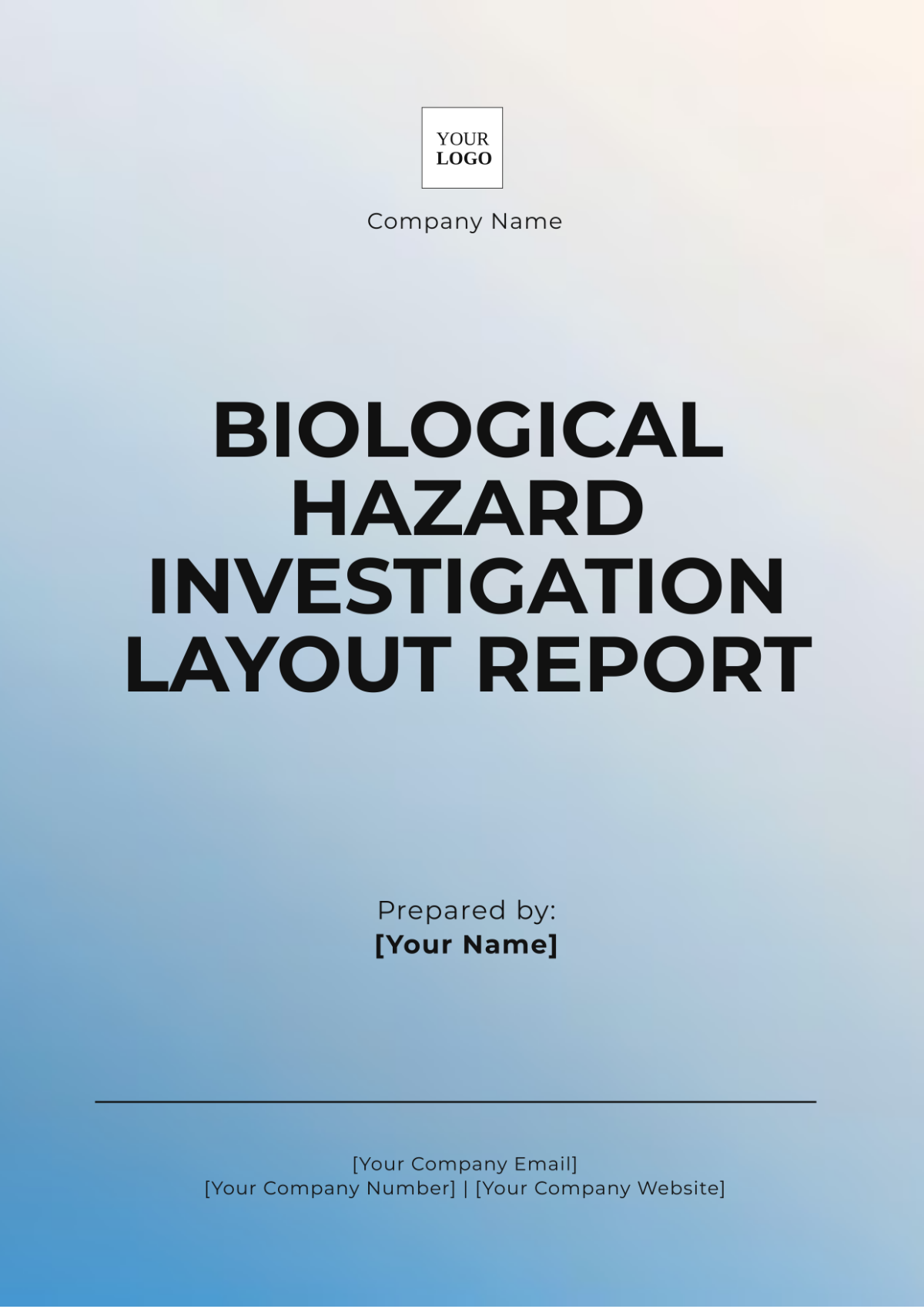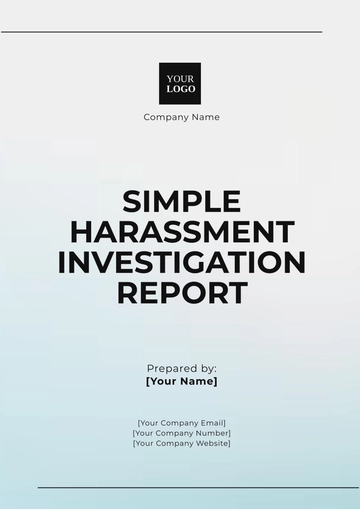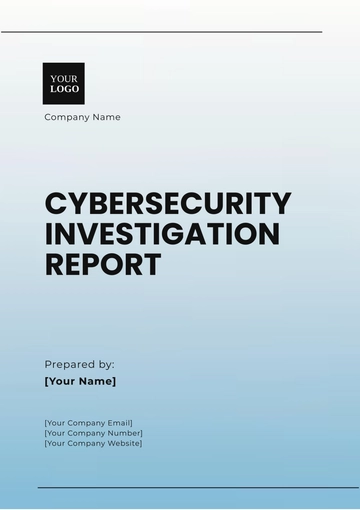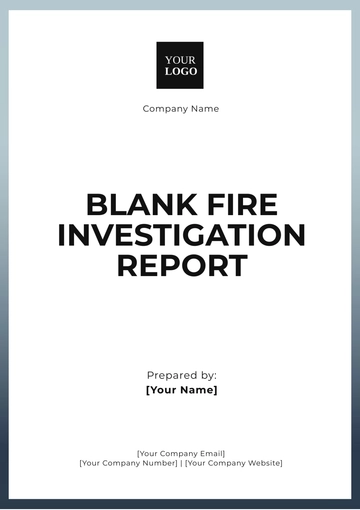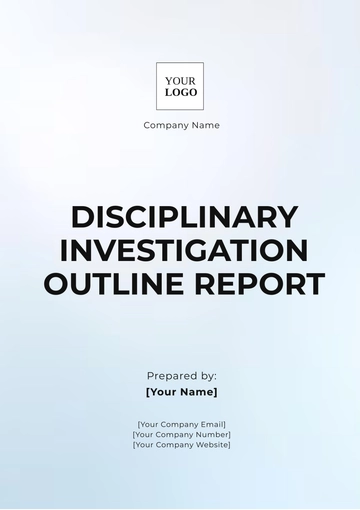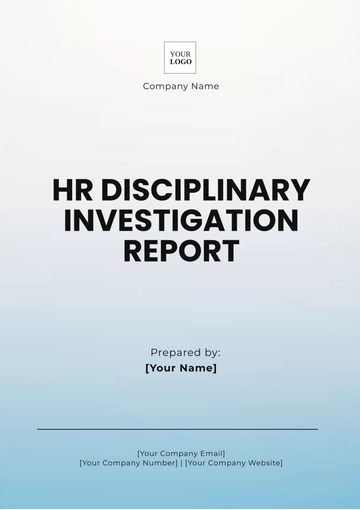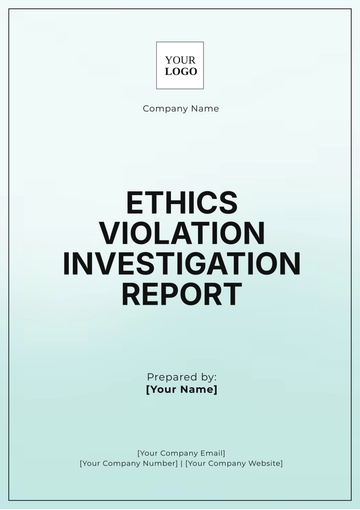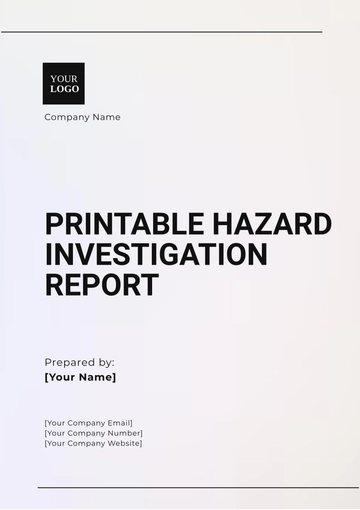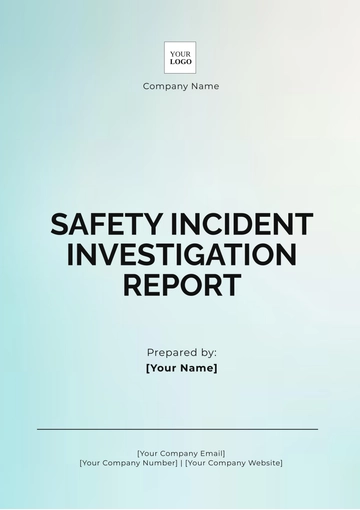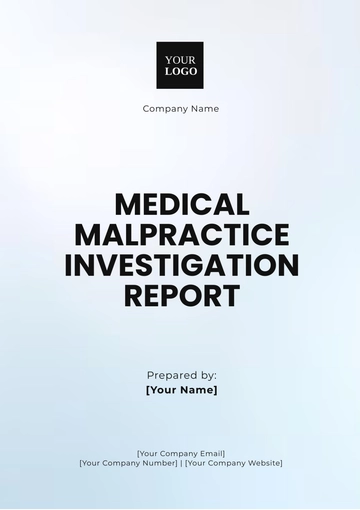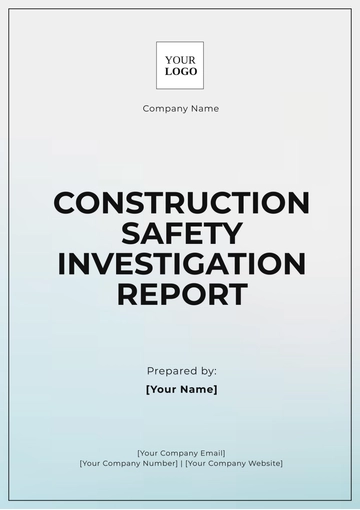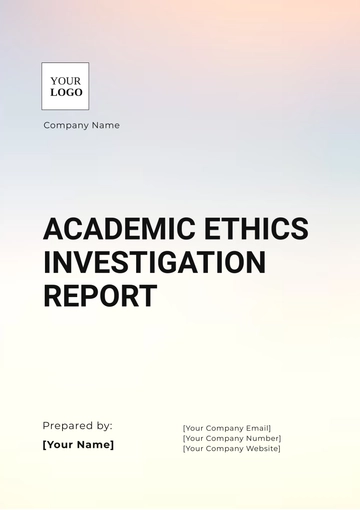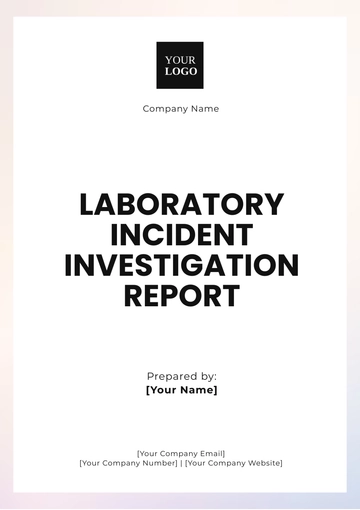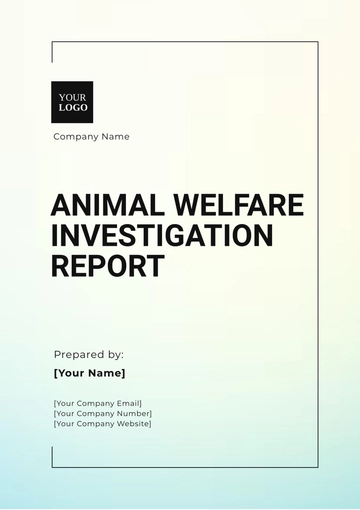Biological Hazard Investigation Layout Report
I. Introduction
This Biological Hazard Investigation Layout Report outlines the procedures, methodologies, and tools utilized in identifying and evaluating biological hazards. It covers aspects such as planning, execution, and post-investigation activities to ensure comprehensive hazard assessment and mitigation.
II. Planning Phase
2.1 Objectives
The primary objectives of the planning phase include:
Identifying potential biological hazards.
Setting investigation goals and parameters.
Allocating resources and responsibilities.
2.2 Site Selection
Criteria for site selection involve understanding the locale, its environmental conditions, and the likelihood of biological threats.
Table 1: Site Selection Criteria
Criteria | Description |
|---|
Proximity to Water Sources | Areas near water sources may have higher biological activity. |
Population Density | Assessing areas with high population density can indicate potential spread zones. |
Ecosystem Diversity | Regions with diverse ecosystems may harbor various biological hazards. |
III. Investigation Phase
3.1 Field Data Collection
Field data collection methods include sample collection, on-site testing, and environmental monitoring. Ensuring proper equipment and training is crucial for accurate data collection.
3.2 Laboratory Analysis
Steps for laboratory analysis include:
Receiving and cataloging samples
Conducting microbiological and chemical tests
Documenting findings and anomalies
3.3 Data Interpretation
Interpreting field and laboratory data involves comparing results against known standards and previous studies to identify significant biological threats. Collaboration with epidemiologists and toxicologists is often required.
IV. Post-Investigation Activities
4.1 Reporting
The final report should include the methodology, findings, interpretations, and recommendations. A clear and structured format ensures comprehensibility and facilitates decision-making.
4.2 Mitigation Strategies
Recommendations for mitigation might involve:
Implementing quarantine measures.
Enhancing public health surveillance.
Improving sanitation and waste management practices.
Table 2: Mitigation Strategy Examples
Strategy | Implementation |
|---|
Vaccination Programs | Organized immunization drives to prevent disease outbreaks. |
Water Purification | Ensuring a clean water supply to reduce waterborne diseases. |
Vector Control | Reducing populations of disease-carrying vectors such as mosquitoes. |
4.3 Follow-Up and Monitoring
Continuous monitoring and follow-up activities are critical to assess the effectiveness of implemented measures and to detect any resurgence of biological hazards early.
Report Templates @ Template.net
